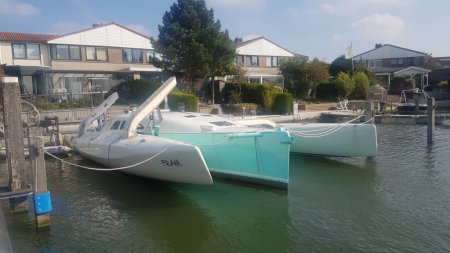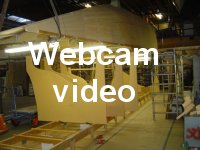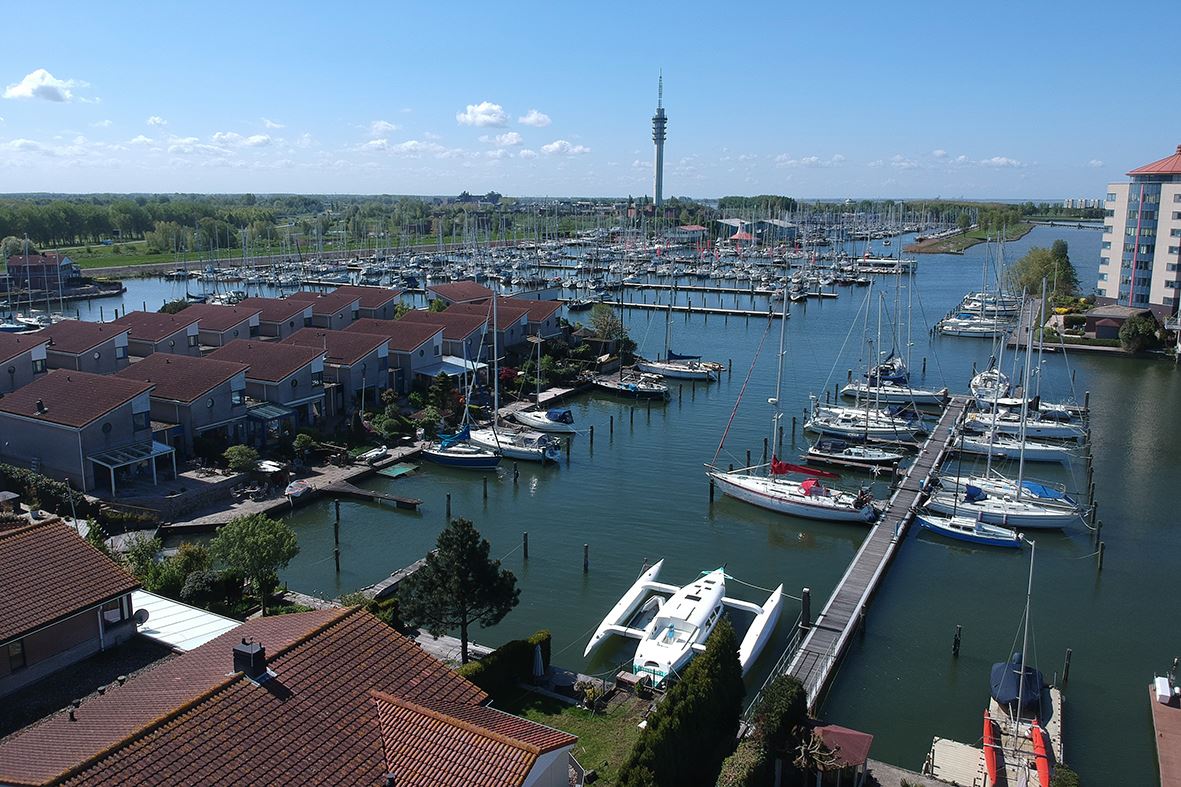First of all, thanks to the other F36 / F39 builders who have gone through the same process and published their learned lessons. I was convinced that I would not step in the same traps.
Now I know better. Pride comes before the fall.
Lessons learned, stay sharp also at the end of a long building project.

Using the outer ends of the beams as a mold for making the beam sleeves is not very difficult, I made them with vacuum bagging, but releasing them from the beam outer end is another story. I was warned by the experience of other builders who had great difficulties with releasing the sleeves. This helps me a lot executing a well proven releasing procedure to lever off the beam bolt. So I made some wooden beams and placed them over the beam bolt nut with a big washer in between. Connection with the sleeve is with two layers of (left over) carbon UD. I prepared the beam outer ends with 5 layers of a mold release wax. I have used this stuff before and had not difficulties with it ……

However, somewhere in this process or in my thinking I made a big mistake and my worst nightmare has become true. The sleeves did not want to loosen. Even with a very brute force they are not prepared to separate from the beam. Of course there is always a plan B, but damn, this feels like a loss. I ended up with making a cut in the underside of the sleeve giving space for some wedges. All four sleeves were more or less glued to the beam at the same spot, the edge between underside and outer end. Coincidence ? or has anyone a smart conclusion …

In retrospect, the preparation with the mold release wax was not good enough. Did I forget this edge ? did I forget it five times ! (I’m not surprised at anything) or should I have used a PVA release agent in addition to the wax. Or using packaging tape in addition to the other mold release stuff which gives then two chances as the tape itself is also able to release. I don’t know. What I do know is that the approach of the four beams at the same time did not prove very clever for such a delicate work. There is no way to adjust the technique and make improvements in the meantime.

What I do know now is that plan B is not a big deal and is a good solution for quick builders. Thus not worth a nightmare 😉
Pffff, a huge relief.
More photo’s of this adventure are here.







 Posted by Fram
Posted by Fram 





















